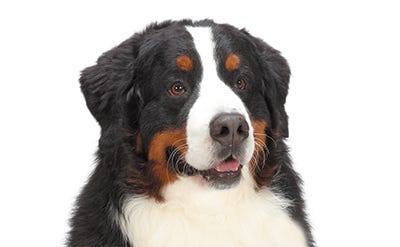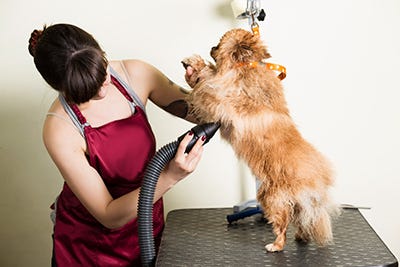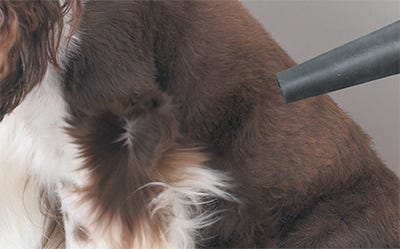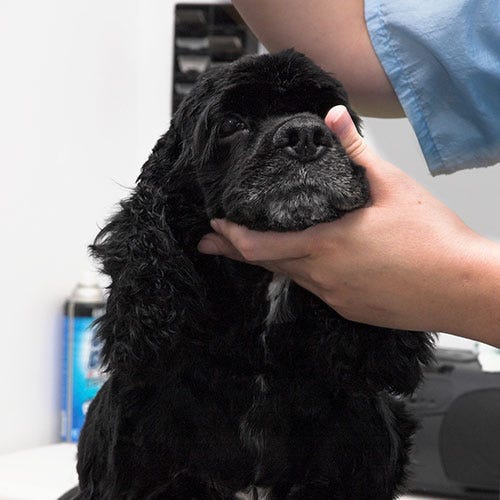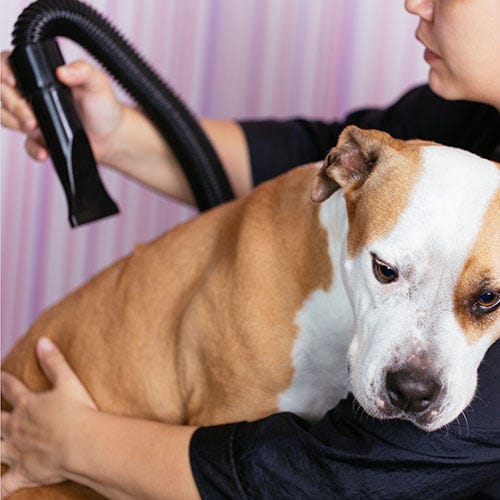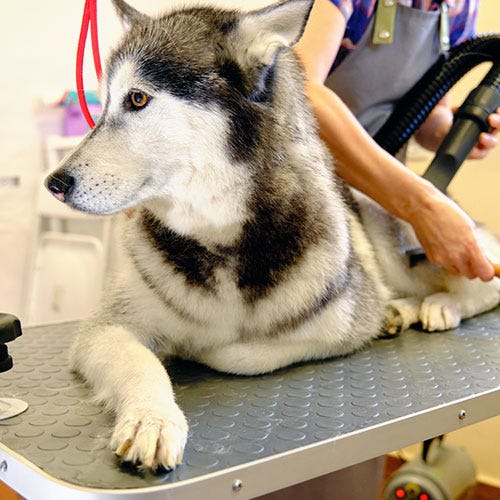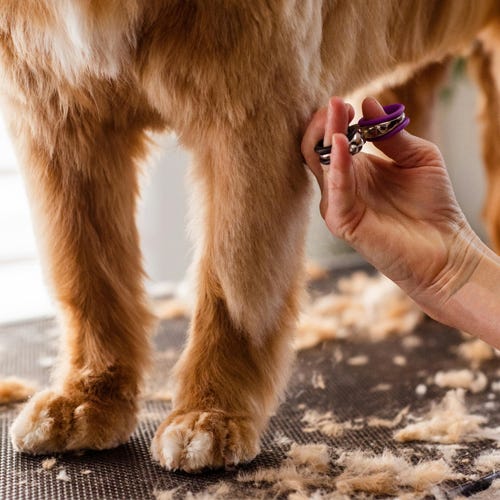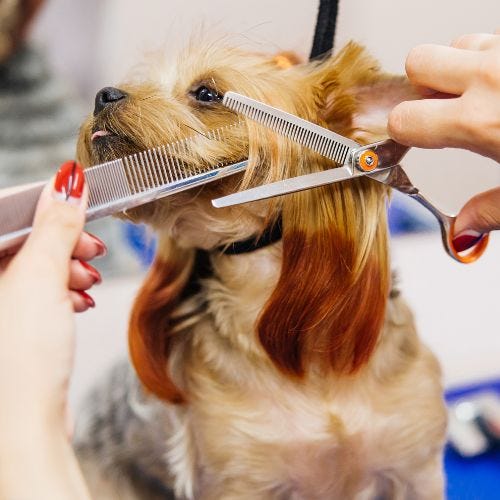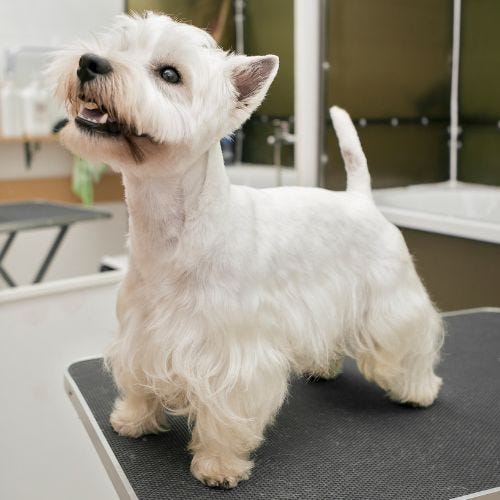This is the time of year the big shedding breeds come in. They’re often the ones that haven’t been groomed in FOREVER. You know the ones – Goldens…arctic-type breeds…Saint Bernards. They have that coat that totally trashes your salon. Call me crazy – but we just love the transformation in this type of job. Here are my tips for de-shedding:
1. Never overuse tools on a dirty dog. Go High Velocity!
Relying too heavily on tools designed to extract shedding hair on a dirty dog is not only unpleasant, it also takes longer to do. Plus, there will be a lot of coat damage and breakage. A dirty coat is dry and brittle. The dirt and dander trapped within the fur makes it more difficult to brush out. Working on a clean coat will be easier for both you and the pet. Instead, evacuate the loose undercoat, shedding hair, dust, dander, and other debris by investing time in using a High Velocity dryer PRIOR to the bath! Blow out as much as you can prior to the bath and lightly use tools to simply loosen more of the hair you plan to blow out. This first step may seem like it takes forever, but you will be rewarded by a faster bath and dry since that hair has been removed!
2. If water can penetrate the coat, let your products do the job
If there are large mats that water cannot penetrate, go ahead and break up the tangle using the tool safe for the pet. Don’t worry about removing the tangle completely, just break it apart so the water and shampoo can do its job. If the dog is exceptionally dirty, use a shampoo especially designed for dirty dogs. Go ahead and use products that tout being perfect for shedding coats, but don’t expect too much from them as they can only do so much; the rest is up to your expertise. Using a follow-up treatment of a skin and coat conditioner after bathing twice (or more) will assist with the brush out and final shedding coat removal during the drying process.
3. Use Your High Velocity Dryer in the Bath. Cool Trick!
Our favorite trick when working with this type of job is to use a high velocity dryer right in the bathing area (bring your eye and ear protection, too!). With the dog fully lathered, blow the shampoo right off the pet while it is tethered in the tub. The slippery soap will allow the dirt, loose coat, and tangles slide out. It’s the same principle as applying soap to get a tight ring off your finger. It speeds up the entire process when it comes to mats, tangles, and shedding coat if you get the product right down to the skin. As you work the high velocity dryer over the soapy dog, the loose coat and shampoo will stick to the back wall of the tub, minimizing the mess. Not all the shedding coat or mats will be removed – but a lot will - making your job easier once you transfer the pet to the drying table.
4. Rinse & Repeat
Once you have blown out the pet, follow-up with the rinsing process. Repeat this process as many times as necessary to get the dog “squeaky clean.” Next, apply a skin and coat conditioning treatment before heading
to the drying table. Your high velocity dryer and a heavy slicker brush will be your best friends during the drying process.
5. Be Methodical on the Drying Table
First, blow out as much moisture and loose coat at possible with the air flow. Use the highest power setting the pet is comfortable with and a condenser cone. Once you have “pushed” as much water and loose fur from the pet, remove the condenser cone. Bring the air flow close to the pet’s skin. “Boost” any loose coat out of the dog by lightly patting the area with a slicker brush right where the air is striking the skin. Continue to work over the dog in a methodical manner until your brush glides through the coat easily and no more loose coat is trapped in the brush. Double check your work with both your hands and a wide tooth comb. When the dog is complete, it should smell clean and fresh. The coat should be glossy and float freely as the dog moves. There should be an irresistible desire to reach down and bury your hands in a freshly groomed pet. To me, this is one of the most gratifying types of grooming jobs we do.
By Mellissa Verplank, CMG
Ms. Verplank is an industry speaker, author, two time Cardinal Crystal Achievement award winner, Barkleigh Honors award winner and contest grooming judge. During her formative years she ran a fleet of mobile grooming units and a busy grooming salon.


